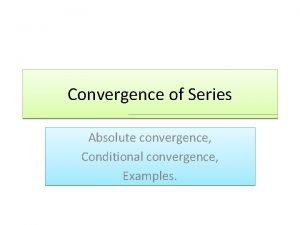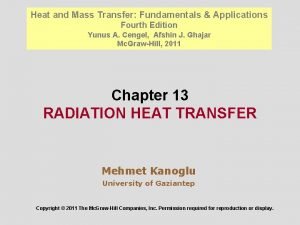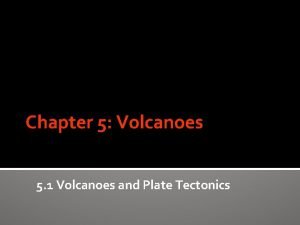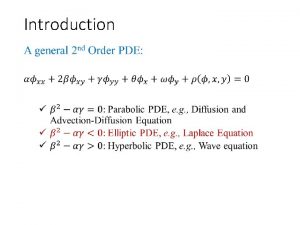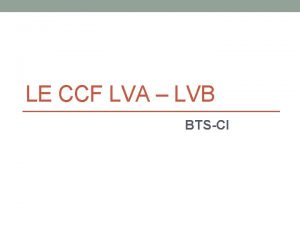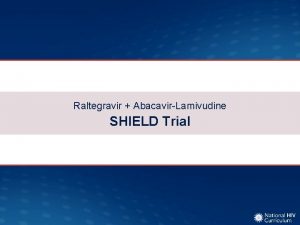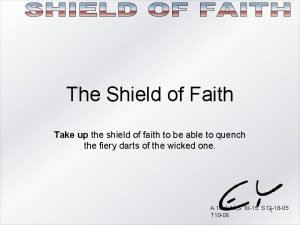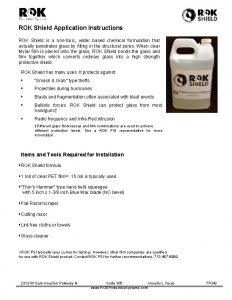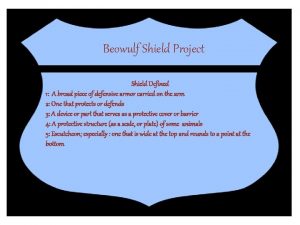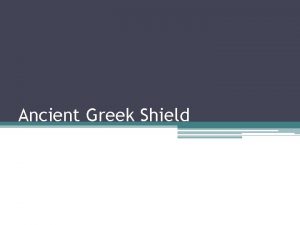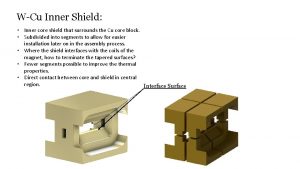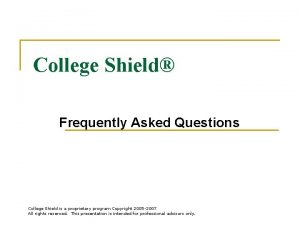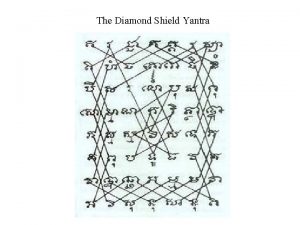LVA Using LVA to estimate shield convergence from






















- Slides: 22

LVA Using LVA to estimate shield convergence from leg pressure trends by David Hoyer & Alister Waller www. lva. com. au BBUGS, Moranbah, November 2015

Overview – LVA § Background § Shield height instrumentation § Shield closure from leg pressures § Comparison between methods § Conclusions

Background § § LVA software monitors and analyses longwall data • 3 D images show the roof interacts with the longwall • Trending algorithms identify set/release cycles, loading rates, yielding • Comprehensive display and reporting options • Alerts and emails, including “Cavity Risk” alerts • Used by most Australian longwall mines In 2014 Ismet Canbulet* suggested that LVA might be able to estimate shield convergence during a load cycle, from leg pressure trends. *School of Mining Engineering, UNSW

Why measure Shield Height? § § Absolute shield height § Major roof events affect shield height profile across the face § Long periods of standing – approaching iron bound Closure during a Load Cycle (set-to-release) • Shield closure and closure rates may be more important than shield heights, from an operational point of view. • Knowing how much closure is occurring can lead to greater insight into the causes of roof control issues. • Alerts and TARPs can be developed based on both absolute closure and closure rates.

Shield height instrumentation options § Wire line… • • • § Tilt sensors (Cat, Joy)… • • • § Physical wire between the base and canopy pulls on a potentiometer Measures shield height directly, as a single value Unreliable and prone to snagging and breaking Reliable commercial systems by Cat and Joy Measure tilt angle of base, linkages and canopy to get shield heights from geometry Resolution relatively low, approx. 10 mm Intended primarily for collision avoidance with shearer Used on about five current Australian longwalls ACARP C 21013 (Golder*, CSIRO**, LVA)… • • High-resolution tilt angle sensors Resolution better than 1 mm Wireless, easy to retrofit Not yet available commercially *Bob Trueman **Ian Hutchison

If you don’t have shield height instrumentation. . § § Commercial shield height systems. . • Comprehensive – measure shield heights at front, rear and over cylinder; tilt angles • LVA can identify load cycles (set-to-release) to calculate shield closure • Most longwalls have no shield height instrumentation • Expensive to retrofit Using leg pressure trends, suggested by Ismet … • LVA can identify set-to-roof cycles and monitor leg pressures • Some OEM’s can supply shield stiffness and compressibility data • Estimate shield closure during a cycle from leg pressure changes, shield stiffness, and compressibility • Estimate shield closure per yield event • Combine to estimate shield closure during each load cycle

Typical Shield Height and Closure trends § § Values from tilt sensors During each load cycle. . • Shield height reduces as a result of increasing pressure and yield events • Data are quite noisy, but general trends are clear

Estimate closure from leg pressure trends. . Algorithm suggested by Ismet. . § Once a shield is set, the roof bears down resulting in an increase in pressure on the shield. § The increased pressure causes deformation of the shield components, resulting in a reduction in height. § The change in shield height depends on the increase in pressure as well as the physical design of the shields – dimensions and stiffness of the shield linkages and hydraulic cylinders, and compressibility of the oil. § Activation of a yield valve reduces the pressure on the shield, but also reduces the shield height due to removal of oil from the cylinders.

Estimate closure from leg pressure trends. .

Estimate closure from leg pressure trends. . Algorithm applied to LVA leg pressure trends. . § The algorithm has no knowledge of absolute shield height; it models only the closure (convergence) during a load cycle. § When a shield is set to the roof. . § record its actual set pressure § assign it a nominal fixed initial height. § After setting. . § Increases in pressure cause decreases in height: ∆H = a * ∆P § Decreases in pressure have no effect on shield height § Each yield event causes a constant decrease in height : ∆H = b § Implementation in LVA_Datalink. .

Case Study – Mine A, Cat shields Comparing shield heights from tilt sensors vs from leg pressure trends. Using tilt sensors By LVA using leg pressures

Case Study, Mine A, Whole panel LVA Load Cycle Maps – TWAP

Case Study, Mine A, Whole panel LVA Load Cycle Maps – Convergence (Cat Tilt Sensors)

Case Study, Mine A, Whole panel LVA Load Cycle Maps – Convergence (LVA, from pressures)

Case Study, Mine A Shield convergence comparison, over 600 shears Cat Tilt Sensors LVA, from leg pressures

Case Study, Mine A Conclusions Shield closure algorithm applied to LVA leg pressure trends. . § Shield closures measured by commercial tilt sensors are more versatile and more accurate than estimates from leg pressure trends. § But in the absence of commercial tilt sensors, the estimates from leg pressures are well correlated with actual shield closure variations between successive load cycles. . § Across the face for individual shields, and § in time, for long-term trends across multiple shears. Thank you

Thank you

Case Study 2, Mine B, Whole panel LVA Load Cycle Maps – TWAP

Case Study 2, Mine B, Whole panel LVA Load Cycle Maps – Convergence (Joy Tilt Sensors)

Case Study 2, Mine B, Whole panel LVA Load Cycle Maps – Convergence (LVA, from pressures)

Conclusions Shield closure algorithm applied to LVA leg pressure trends. . § Shield closures measured by commercial tilt sensors are more versatile and more accurate than estimates from leg pressure trends. § In the absence of commercial tilt sensors, the estimates from leg pressures are a reasonable representation of relative shield closure variations between successive load cycles. . § Across the face for individual shields, and § Back in time, long-term trends across multiple shears. Thank you

Contacts § Alister Waller, alister. waller@lva. com. au § Dave Hoyer, dave. hoyer@lva. com. au § www. lva. com. au
 When is something conditionally convergent
When is something conditionally convergent Vlastní jména místní příklady
Vlastní jména místní příklady Oko lva
Oko lva Socha lva s lidskou hlavou
Socha lva s lidskou hlavou Oko lva
Oko lva Lva.com
Lva.com Oko lva
Oko lva Naviance lva
Naviance lva Oko lva
Oko lva Estimate the area of antarctica using the map scale
Estimate the area of antarctica using the map scale Green shield plan member online services
Green shield plan member online services Fundamental of heat and mass transfer
Fundamental of heat and mass transfer Shield volcano
Shield volcano Fem shield
Fem shield Paricutin materials extruded
Paricutin materials extruded Deny by red shield
Deny by red shield Klinefelter syndrome in women
Klinefelter syndrome in women Canadian shield
Canadian shield Project shield america
Project shield america Sampa video case
Sampa video case Opendns family shield
Opendns family shield Medela nipple shield
Medela nipple shield Techshield uvr
Techshield uvr
